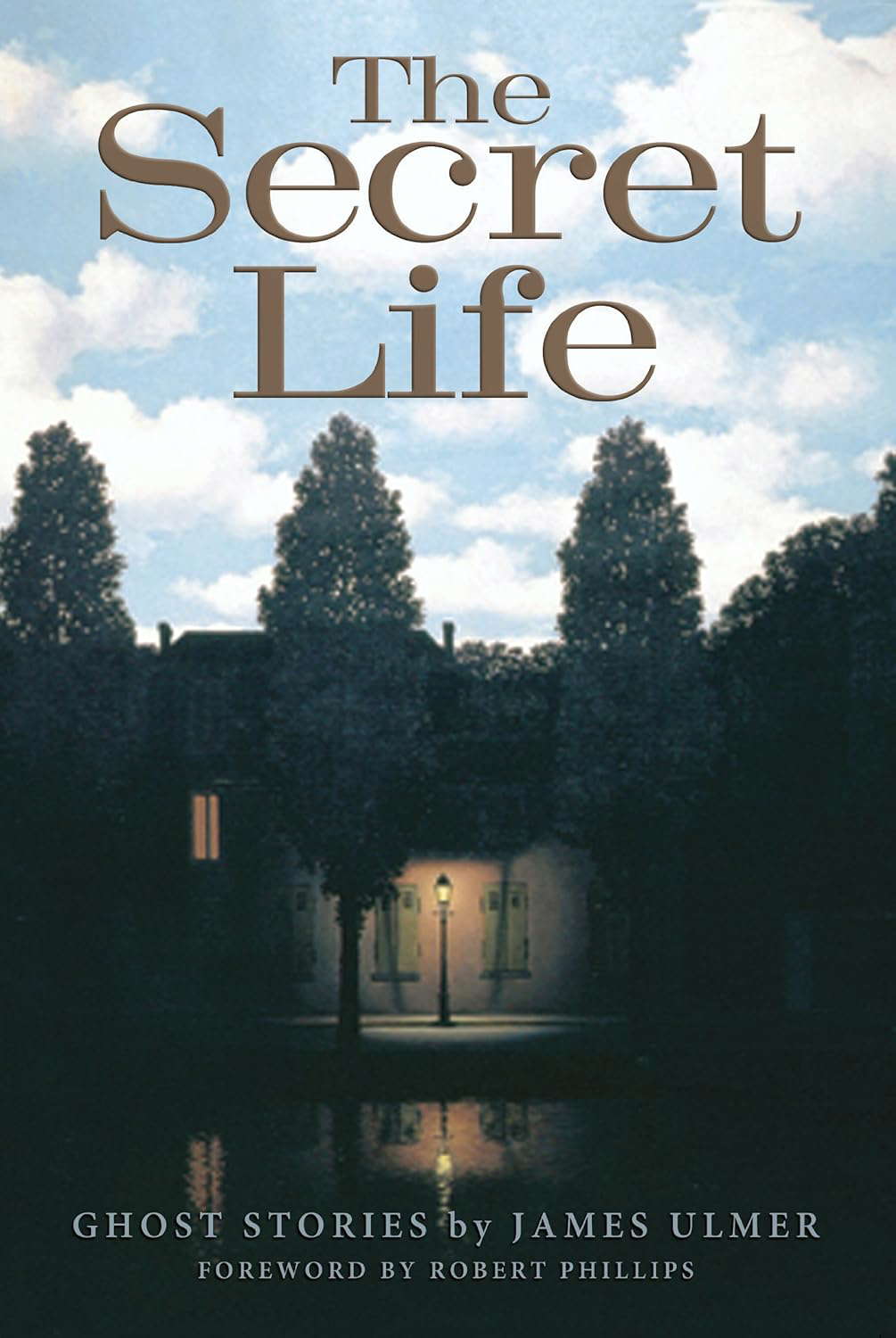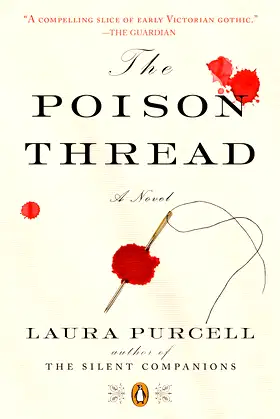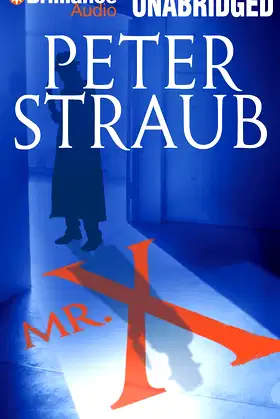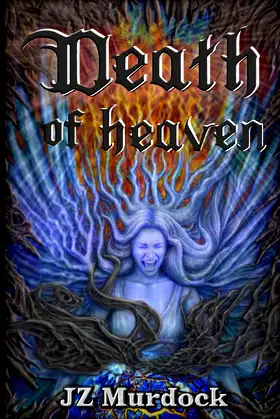- Overview
- Videos
- Discuss
Overview
There are two kinds of ghosts in the modern ghost story. One is those who literally walk around and rattle their chains, as in Dickens. The other is those who are mere projections of the pro- tagonist s mind, as in Elizabeth Bowen. James Ulmer s ghosts are of the latter variety, what Edmund Wilson called probings of psychological caverns where the contents of that life have en- gendered disquieting obsessions (Classics and Commercials: A Literary Chronicle of the Forties. New York: Farrar, Straus & Company, p. 175). Ulmer is aware of the distinction. In Miriam s Story he writes, He wanted Henry James, and he was afraid he was about to get Poe. In that story, the possibility of other ghosts in the restaurant is tantalizing. One might possibly be D. H. Lawrence. Ulmers stories like The Copper Bell are written in rich po- etic language, which should not surprise, since he is also a poet. That story displays excellent child psychology about what one does not know or comprehend. In The Orchard Road the au- thor gives us fine nature descriptions. The Blue Garden is evocative and subtle. Ulmer makes allusions to Tolstoy, Dante, Rilke, Lawrence, Irving, and Frost. I d also suggest there is an in- fluence of Hawthorne s characters who actively seek ecstatic experience. Attention should be paid to Ulmer s use of symbolism, such as the jerking scarecrow and the distorted reflections in hand- blown glass. In many of these stories an individual seeks to give expres- sion to the life before this one. The Emissary is one example. This is not to say there is a sameness to the stories. In Covered Bridge Road, for example, a childhood favorite place is as much a ghost as a childhood friend. Uncle Edward is highly original and unfolds cinematically. It and The Skinny-dippers and The Tea Roses are my favorites in the collection. Ulmer is at his best in the longer stories, particularly The Tea Roses. Doubtless he admires James blest nouvelle. Another quality worth noting in these tales is how consistently they examine the imaginative process. Indeed, it is this process that often serves to introduce the element of mystery or transcendence in the piece. In Ulmer s work, making art opens doors. Painters, for example, serve as protagonists in four of these tales Covered Bridge Road, The Emissary, In the Butterfly House, and Uncle Edward ), and the narrator in The Tea Roses is a writer. In addition, the first two stories in this collection could accurately be described as stories about the effects of telling stories.
Media Details
- Release Date 10/09/2012
- Author James Ulmer
- Language English
- Companies Halcyon Press; First Edition
- Format Kindle
Well fuck :(
No videos in sight... for now. But fear not! Our creepy creatures are constantly prowling the web, hunting for fresh content to send chills down your spine. Check back soon, if you dare!
No posts found.


Reviews





out of 5 stars
Based on reviews
Review data
-
5 star star reviews
- 0%
-
4 star star reviews
- 0%
-
3 star star reviews
- 0%
-
2 star star reviews
- 0%
-
1 star star reviews
- 0%
Share your thoughts
Write a reviewRecent reviews
No reviews yet.
Be the first to leave a review




